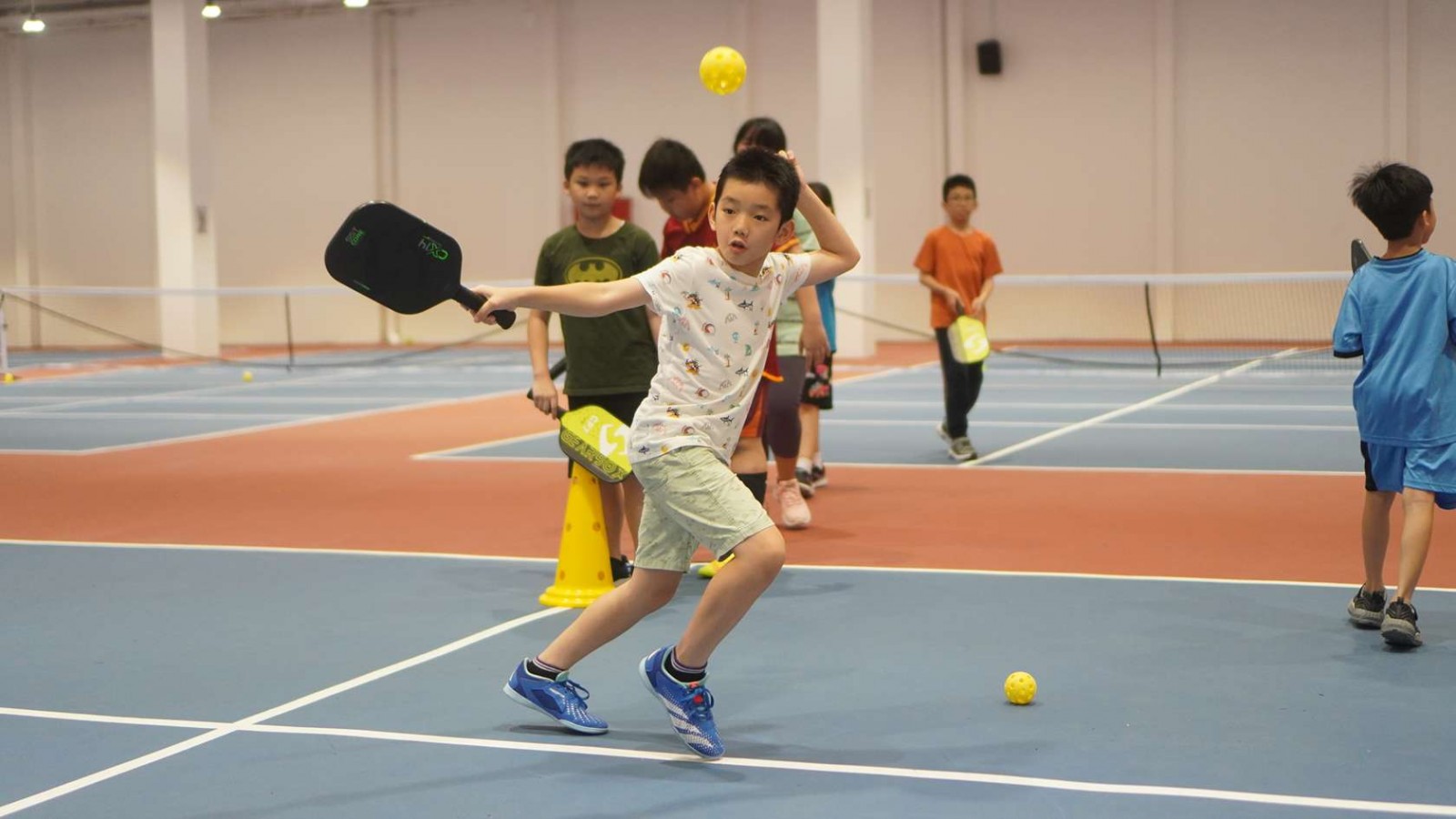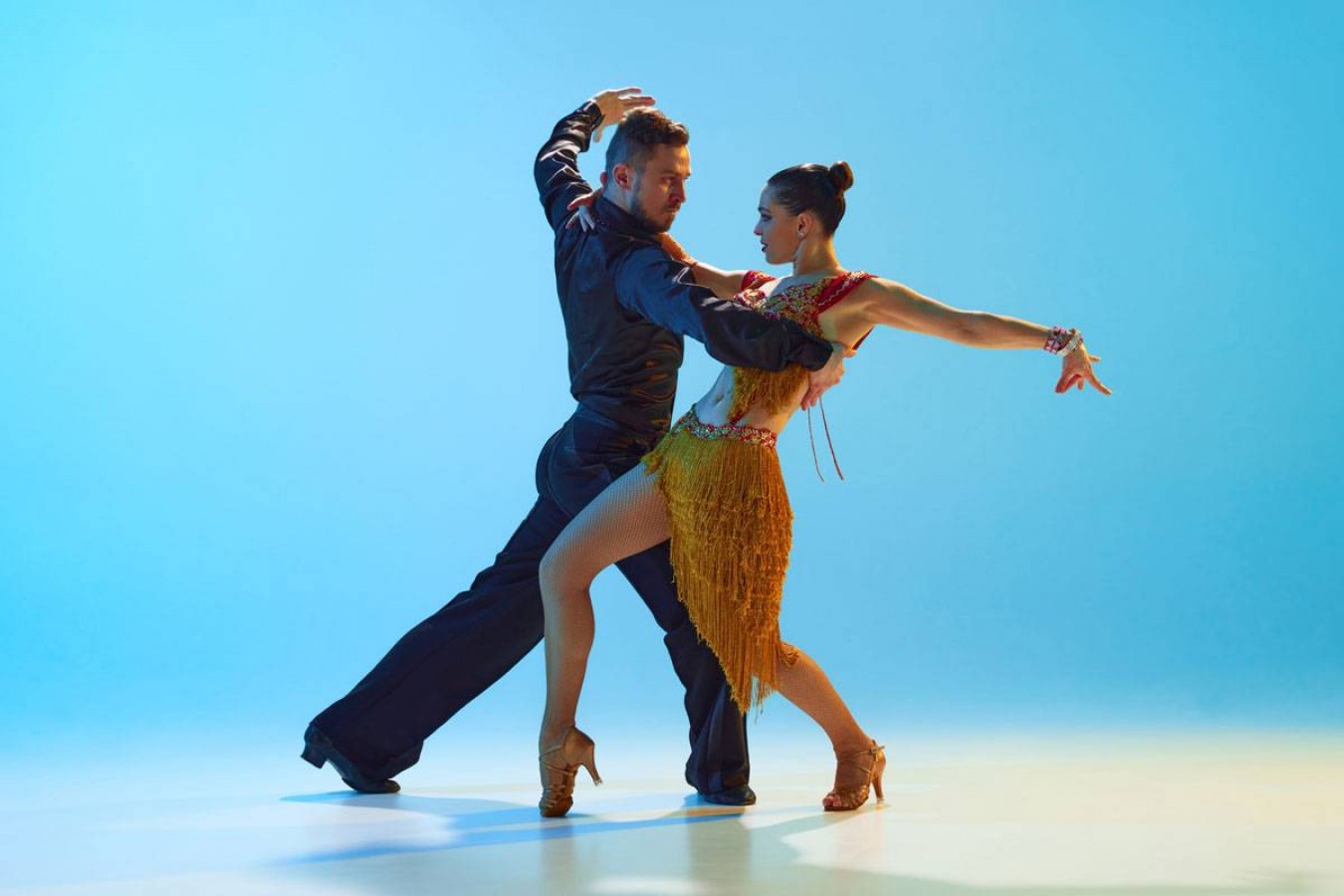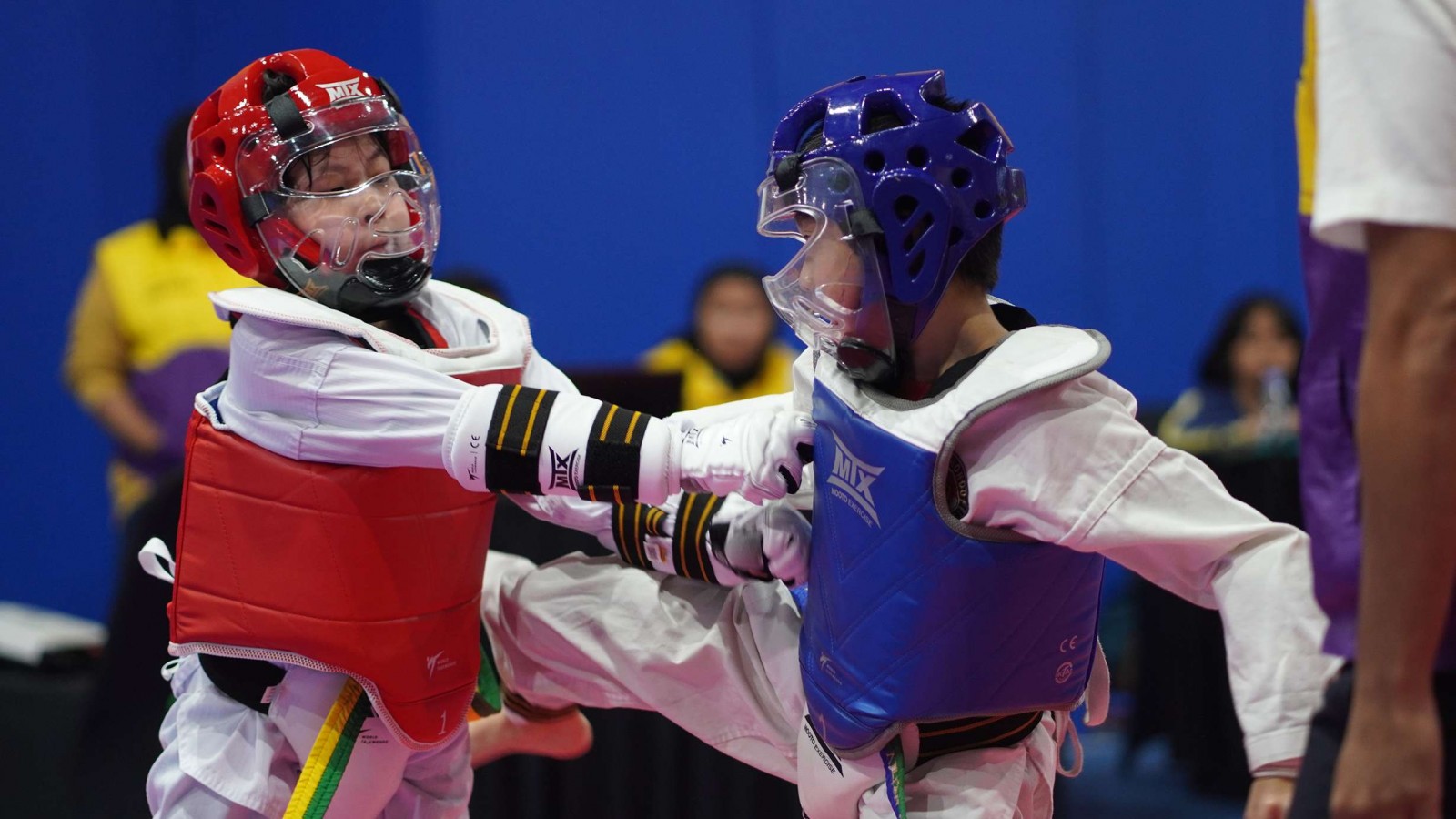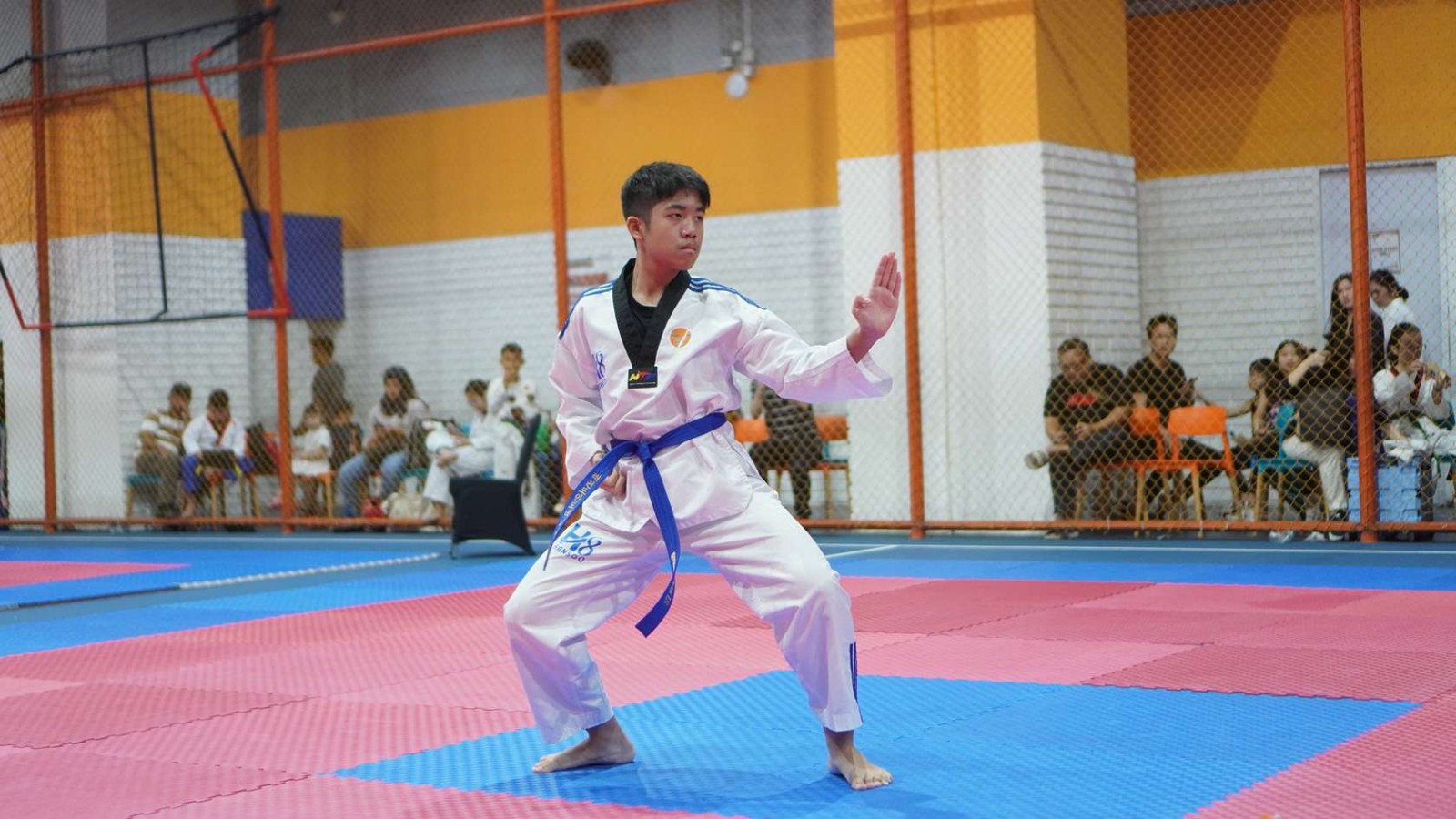How to Perfect Your Pickleball Return of Serve: Essential Techniques

Serve is the sign of the start of a pickleball game. This means that the main thing that a pickleball player must learn is to serve and return the serve. These two things determine the beginning of the flow of the game.
Only by serving and returning the serve, players can control the game the way they want. This time, we will discuss pickleball return of serve first in detail why it is important, its practice, and how to apply it effectively. Check it out!
Why the Return of Serve is Important
The return of serve in pickleball is critical because it allows you to influence the rally from the start. A strong return can put your opponent on the defensive, help you transition to the net, and set up an advantageous third shot, while a weak return can put you at a disadvantage.
Key benefits include gaining control of the point, transitioning from the baseline to the net, limiting your opponent's options with strategic placement, and maintaining consistency to avoid unforced errors.
How to Return the Serve in Pickleball
Returning a serve might seem simple, but doing it effectively requires some skill. Mastering this can increase your chances of scoring points and help you better anticipate your opponent's serves. Here’s how to improve your pickleball serve return:
1. Stance Position
Start by positioning yourself a few feet behind the baseline. This gives you space to react to the serve and allows you to move forward into the ball. Be prepared to adjust your position based on the speed and spin of the serve.
2. Hit the Serve Deep
Hitting a short return allows your opponent to approach the net with momentum. To counter this, aim for a return that consistently lands in the back third of the service box. The deeper the return, the more effective it is.
Ideally, you want your opponent hitting their third shot from near or behind the baseline. A deep return keeps you in control of the point and forces your opponents into a challenging shot.
3. Hit the Serve High
By hitting a well-placed, high shot, you allow yourself the time to move up to the net. The goal is to avoid being stuck at the baseline or transition zone when your opponents are preparing to hit the ball. You want to be at the net, creating a strong presence with your partner and effectively blocking their options.
Return of Serve Footwork
Footwork is a key component of the return of serve. Without proper footwork, it’s difficult to position yourself for a strong return, and you may end up off balance or out of position for the next shot. Here are some tips to improve your footwork on the return of serve:
A. Stay Light on Your Feet
Keep your knees slightly bent and stay on the balls of your feet. This allows you to move quickly and adjust to the incoming serve.
B. React Early
As soon as you see your opponent’s serve, start moving toward the ball. Reacting early helps you get into position and prevents you from being caught off guard by a fast or tricky serve.
C. Step Into the Shot
Step forward as you hit the return. This helps you generate momentum and ensures that you’re not leaning back or losing balance during the shot.
D. Recover Quickly
After hitting the return, quickly move toward the non-volley zone. Your goal is to get into a strong position for the next shot, so focus on fast and efficient recovery.
Return of Serve Practice
To perfect a technique, consistent practice is definitely required. In addition, do a variety of drills so that players can interact in different situations. Here are some other drills that you can try:
1. Repetition
The more you practice your return of serve, the more comfortable and consistent you’ll become. Set up practice sessions where you focus specifically on returning serves from different angles and with different spins.
2. Target Practice
Use cones or markers on the court to practice hitting your returns to specific areas. Focus on placing your returns deep in the court or targeting your opponent's weaker side.
3. Partner Drills
Practice returning serves with a partner who can vary the pace, spin, and placement of their serves. This helps simulate game-like conditions and prepares you for different types of serves in real matches.
4. Shadow Drills
Without a ball, practice your return serve, footwork and swing mechanics. Focus on your positioning, stepping into the shot, and moving quickly toward the non-volley zone after the return.
Perfect Your Return of Serve With Rockstar!
Returning a serve effectively requires the right momentum and attention to both the ball and your opponent's position. It’s a skill that takes practice to master, which is why many people join pickleball classes to improve their technique.
Finding a reliable pickleball class in Indonesia can be challenging, but Rockstar Academy is a great option. With over 13 years of experience, Rockstar Academy is dedicated to supporting children’s interests and talents.
Our Sports & Performing Arts Academy program includes a range of sports with certified curriculums and instructors, as well as opportunities to participate in events like the Elite Championships and RockOlympics.
Rockstar Academy even offers free trial classes so kids can experience it before committing. So, what are you waiting for? Go sign up today!
FAQ
What is the most important aspect of returning a serve in pickleball?
The most important aspect of returning a serve is placement. A deep, well-placed return forces your opponent to stay back and makes it harder for them to hit an aggressive third shot.
Should I use topspin or a flat return when returning a serve?
It depends on the situation. A flat return is generally easier to control and more consistent, while a topspin return can add extra pressure on your opponent. Practice both to determine which works best for you in different situations.



